First to 500
The first person to set the land speed record was Frenchman Count Gaston de Chasseloup-Laubat. He achieved his lofty goal on December 18, 1898, at Acheres, France in an electric vehicle called the Jeantaud. He went 39.24 MPH. In fact, the first seven land speed records were set in either electric or steam cars and it wasn’t until 1902 that William K. Vanderbilt set the first record using an ‘infernal’ combustion engine. Billy went 76.59 MPH.
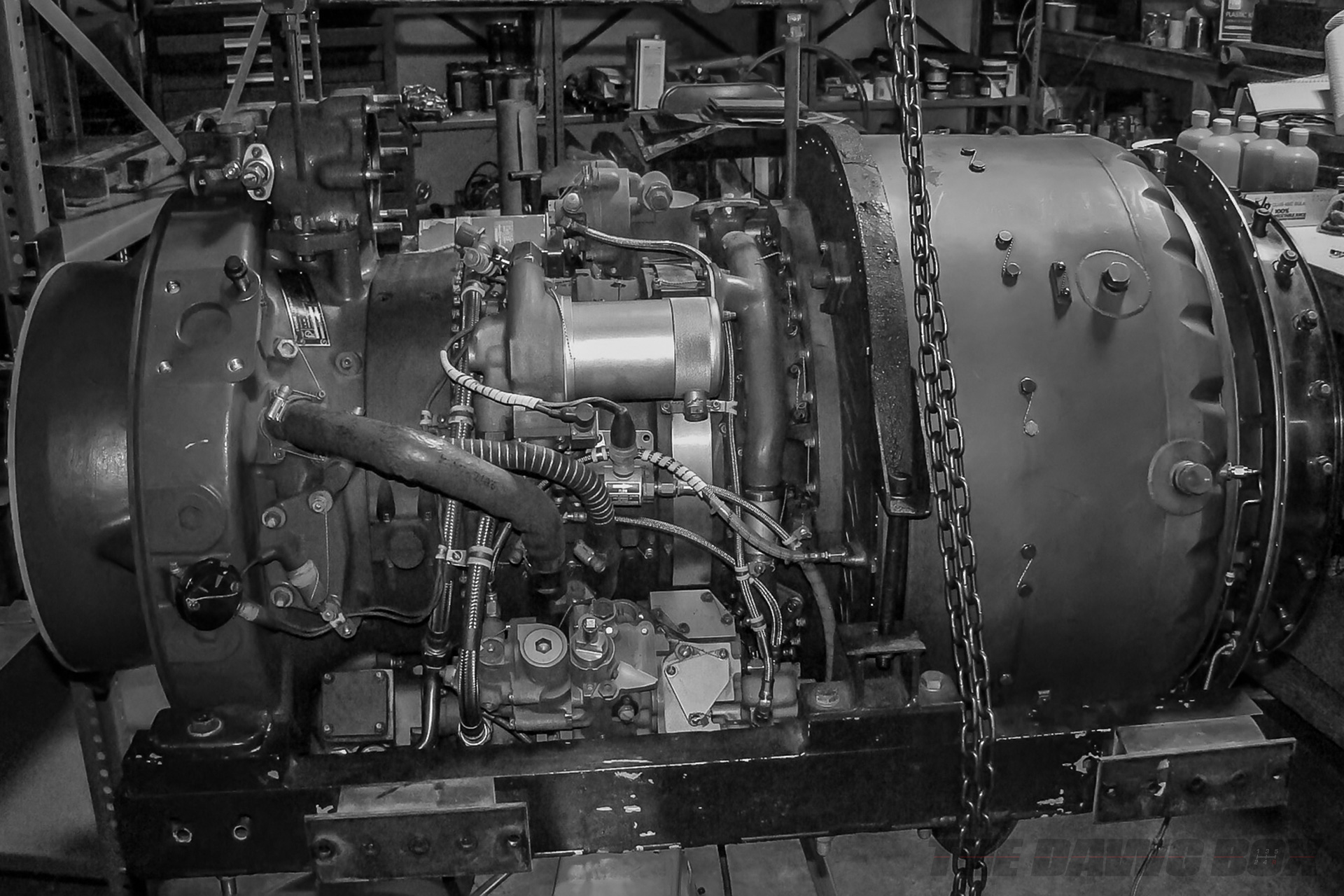
The absolute land speed record now sits at 760.343 MPH set by Brit Andy Green driving Richard Noble’s ThrustSSC. It’s powered by two Rolls-Royce Spey Turbofan jet engines.
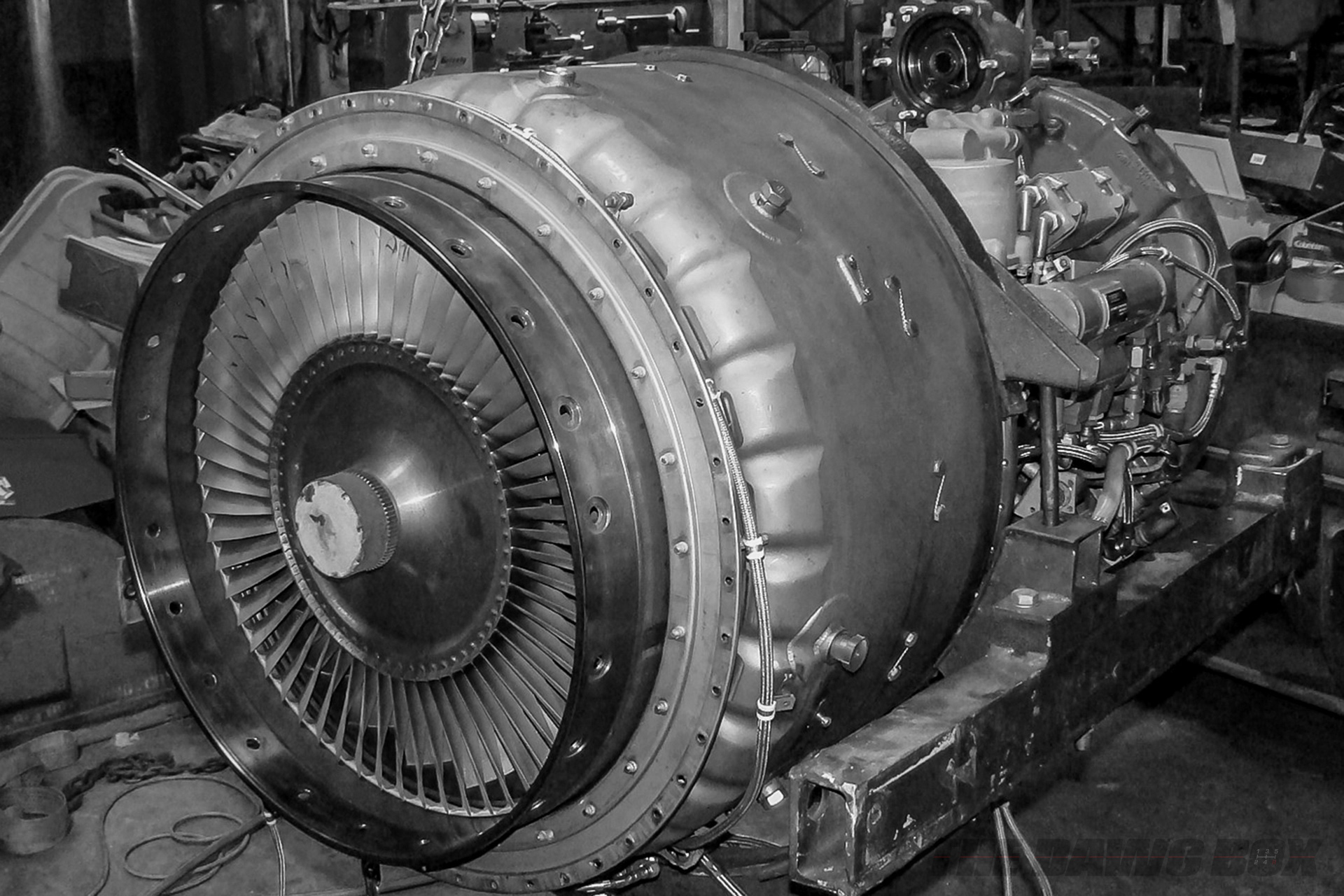
Over the years, the rules of land speed racing and land speed records have had to change as more and more people entered the fray. There are now records for just about every contraption man and woman can conjure up. That said, there are still milestones of achievement that the average Josephine can grasp. For example, the wheel-driven record seems simple to understand: Take an engine, any engine, use it to drive the wheels rather than push the car, and there you have it. A record for wheel-driven vehicles.
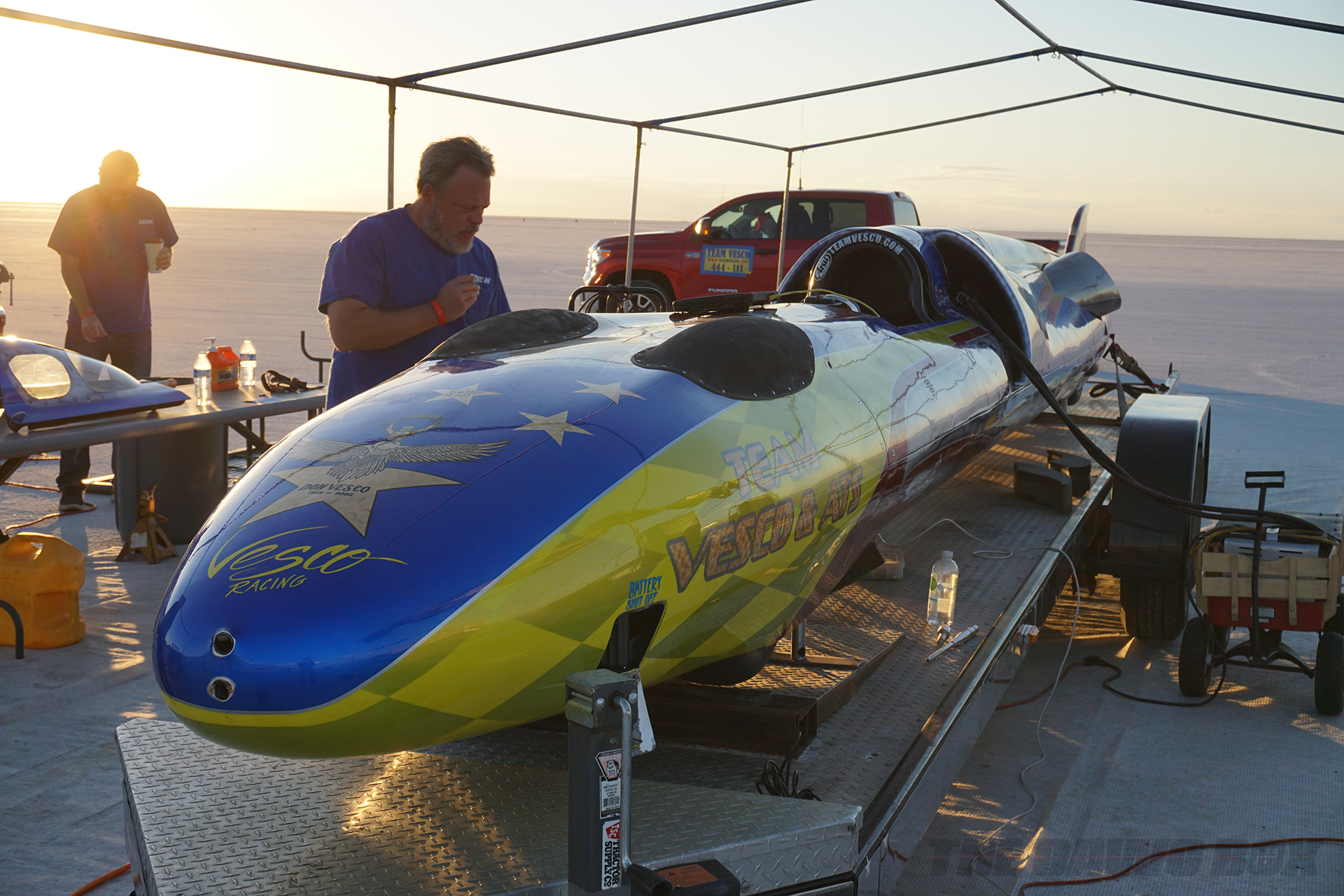
The first guy to reach a significant milestone was the late Mickey Thompson who possibly went 406.60 MPH in his four-engine Pontiac-powered Challenger 1 in 1960. He didn’t back up the run, therefore, did not get a record. Instead, the record went to the Summers Brothers in 1965 with a two-way average of 409.277 MPH. They used four Chryslers.
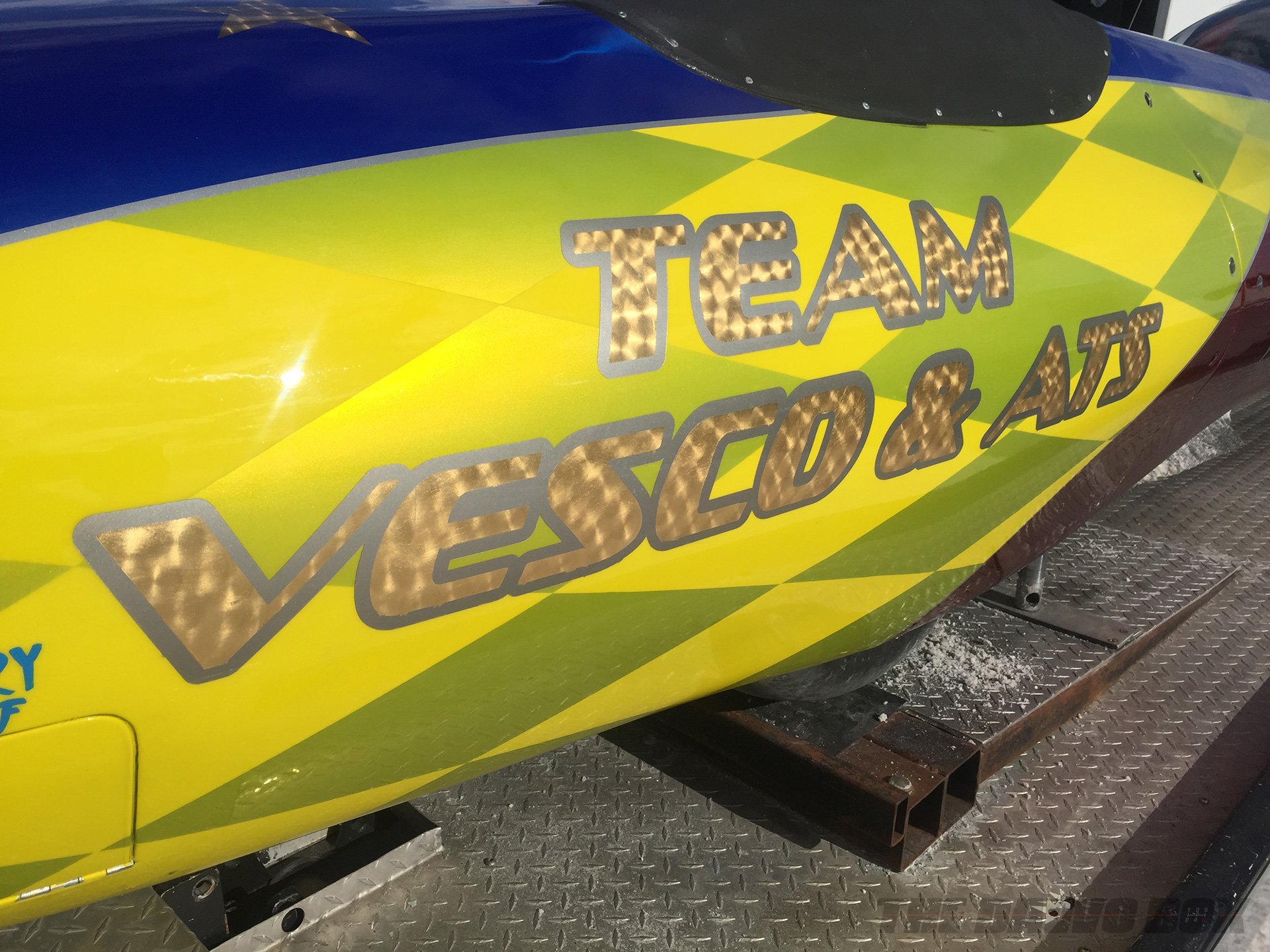
The next milestone is engraved with the name Al Teague who in 1991 set a two-way average at 400.986 MPH with just one piston engine. It was a new wheel-driven record. However, in the wings was veteran racer Don Vesco who was determined to get the wheel-driven record, but rather than piston engines that he had tried, he planned to use a jet engine in his ‘Turbinator’ streamliner.
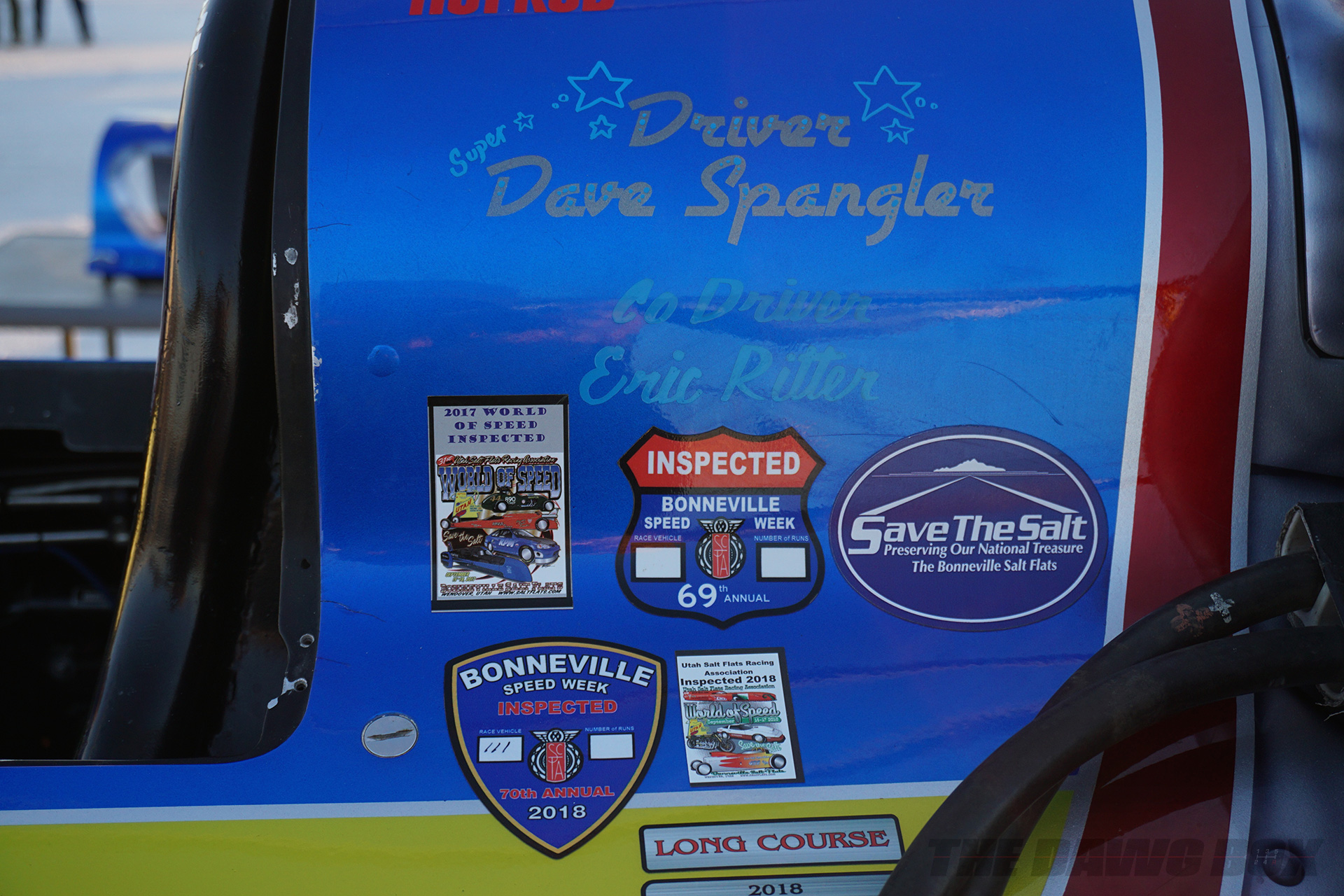
The Turbinator first appeared in 1997 when it ran over 400 MPH and at each subsequent event Don upped the speed until 2001 when he bumped the F.I.A. international record to 458.481 MPH. On one run Don’s exit speed reached 470 MPH and he was still accelerating! 500 MPH was within Don’s reach and that became his goal.
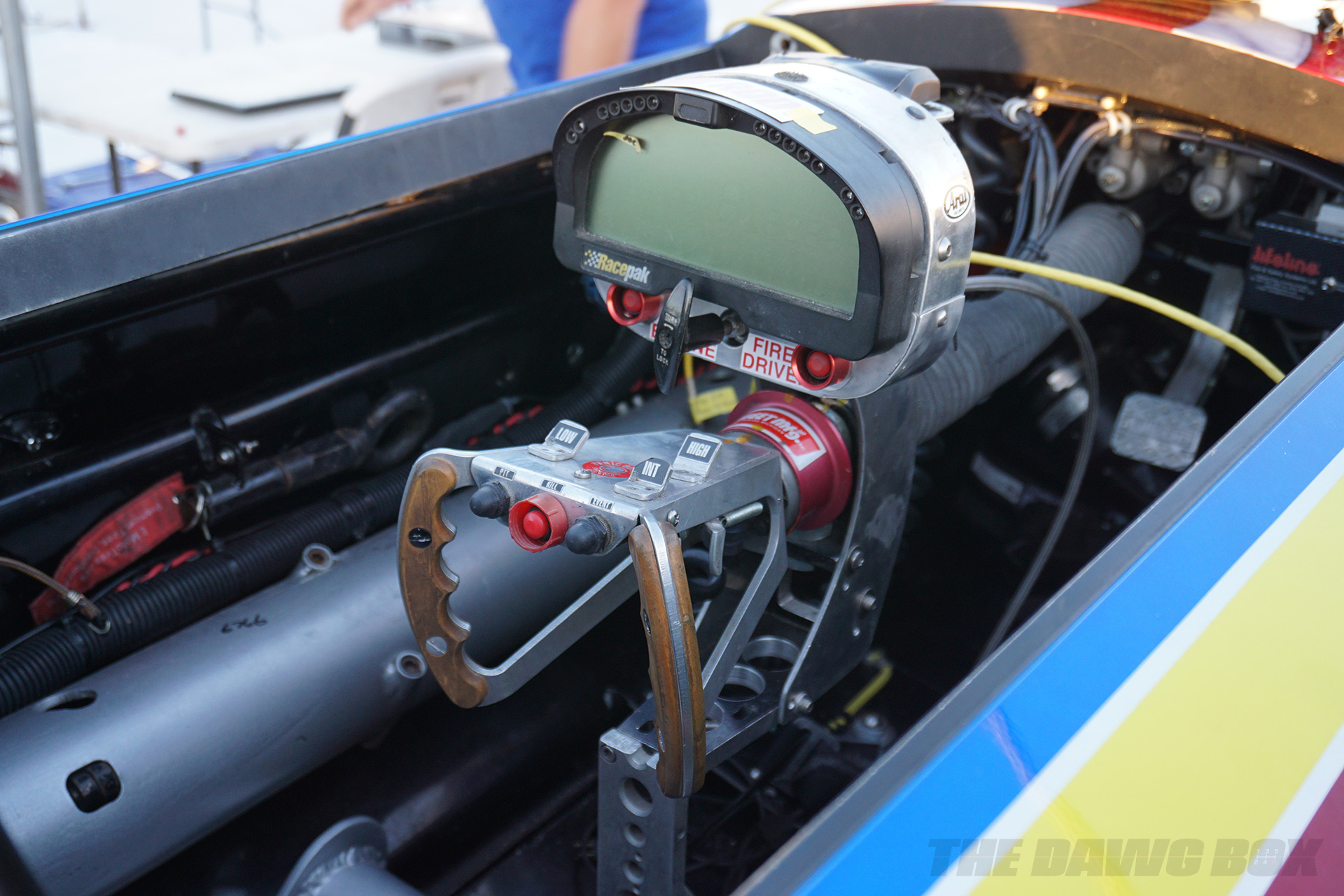
Powering the Turbinator was a Lycoming turboshaft engine mostly used in Bell helicopters producing around 4,000 hp at 16,000 rpm. An output shaft drives the Turbinator’s four-wheel drive system. A pair of Stroud Safety parachutes and four-wheel disc brakes stop the projectile. And remember, at some Bonneville events they only have two miles in which to stop. That takes about 16 seconds.
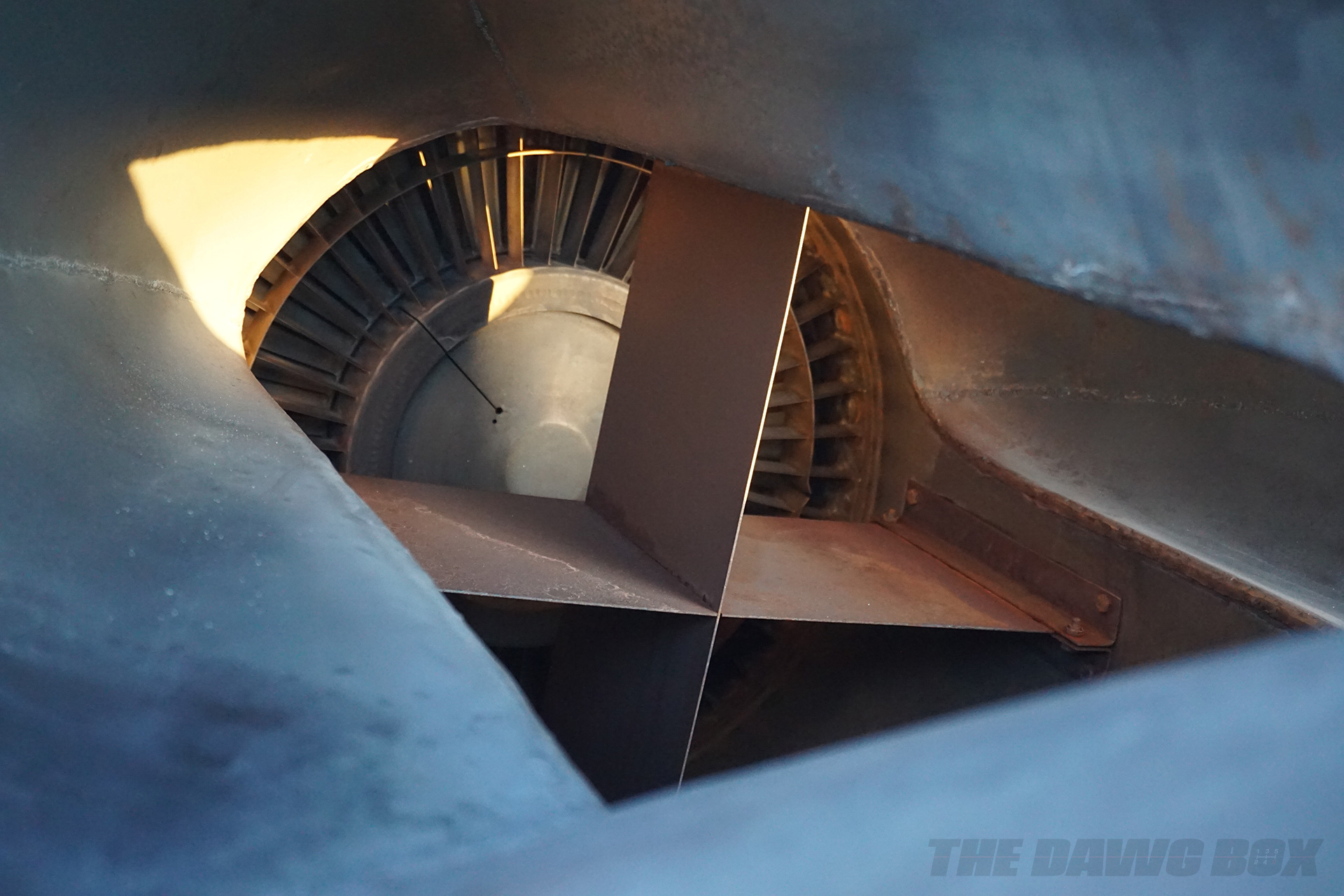
Sadly, Don died in 2002 having set 18 motorcycle and six automotive records during a career that began when he was 16. After Don’s death, his brother Rick took over the flame. No slouch, Rick is a member of the elite 300 MPH Club and actually built the Turbinator in his Utah shop.
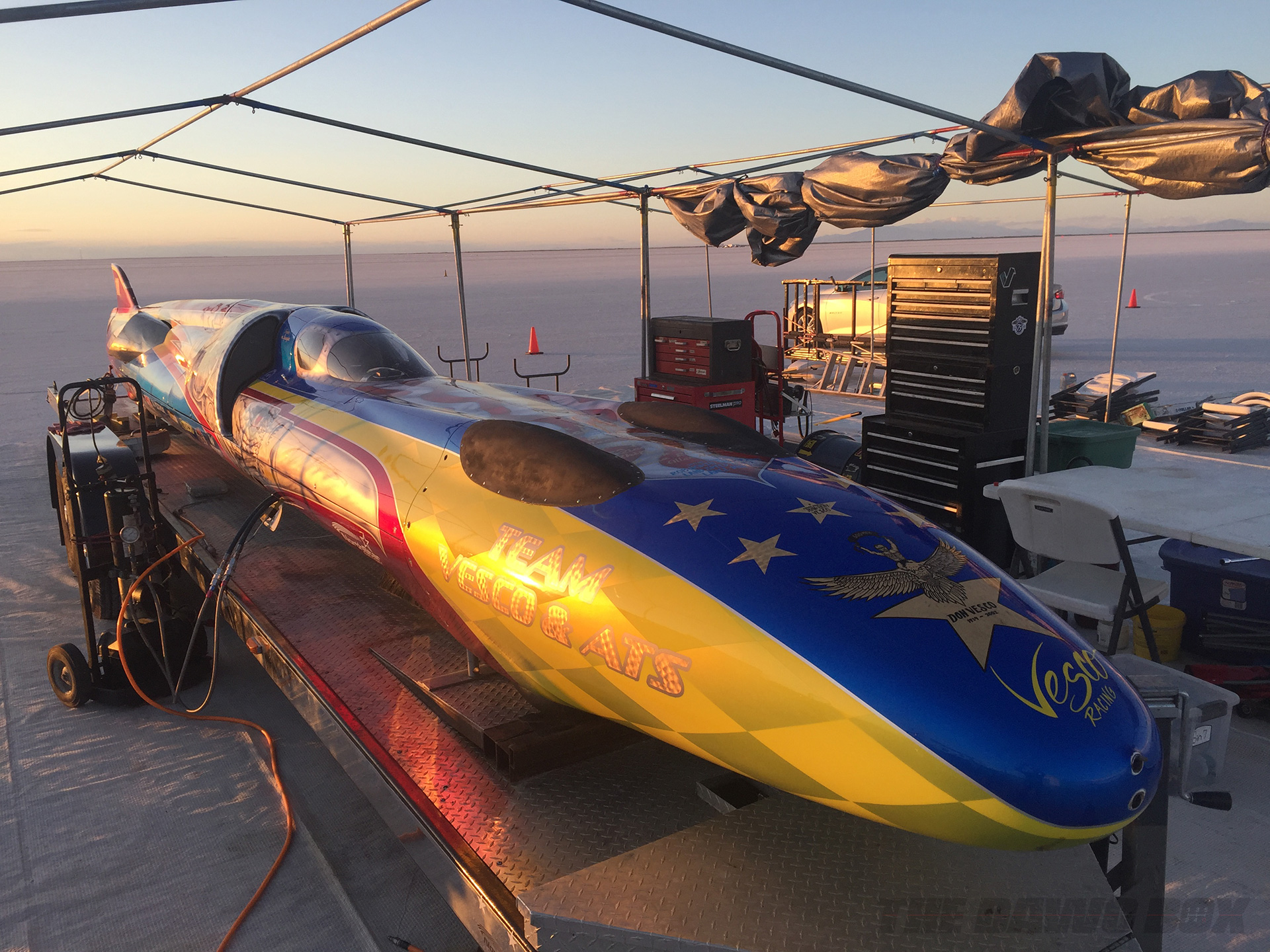
In 2013, Rick’s new longer, meaner, faster, Turbinator II made its debut at the Bonneville Salt Flats. It sported an all-new carbon fiber body, new tail fin design, powerful new T-55, 4,213 hp turbine engine, new parachute system, new steering, new brakes, new tires, wheels, and a beautiful new paint scheme. There would also be a new driver, Dave Spangler, now age 76.
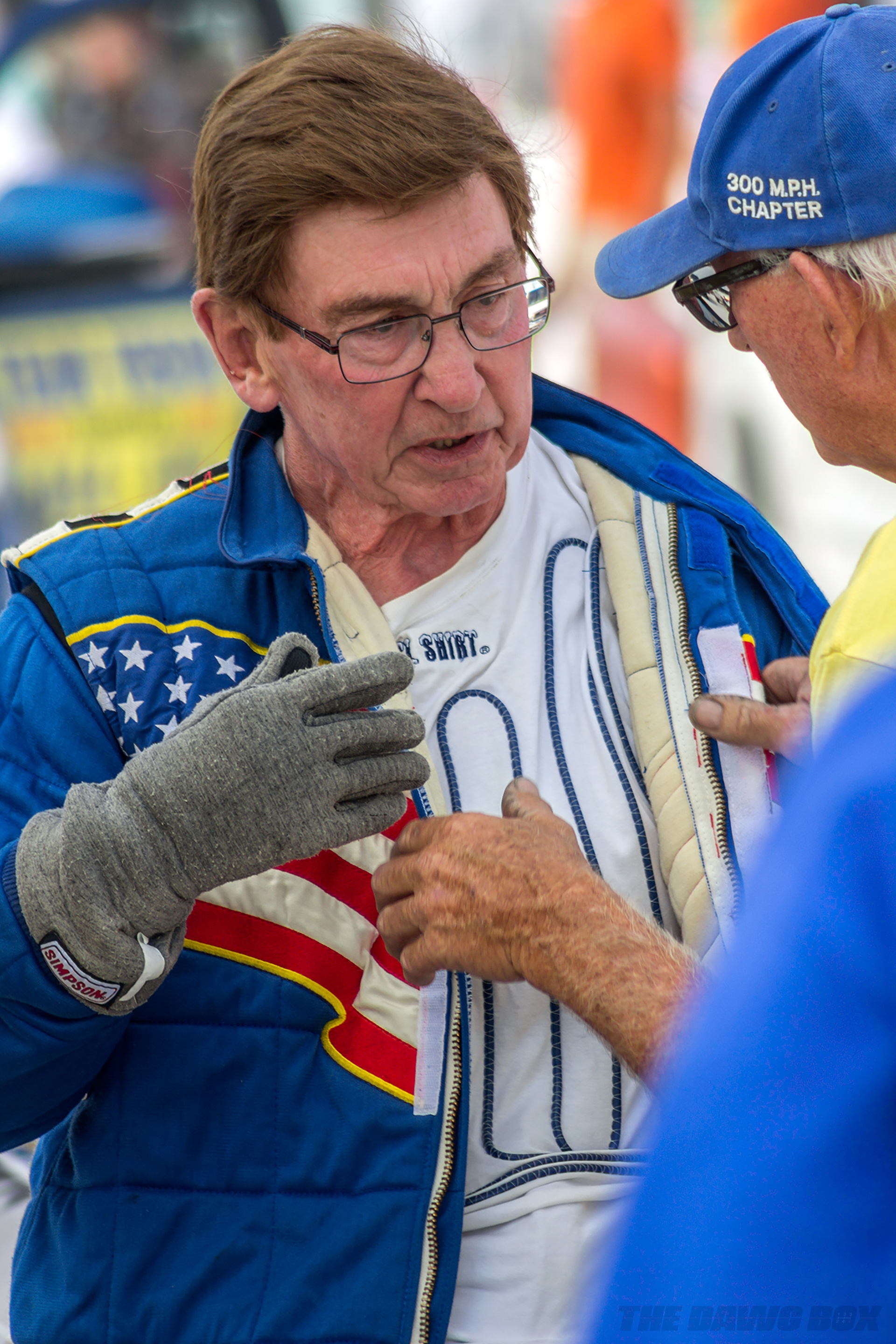
For the 2016 season, a new Advanced Turbine Services (ATS) T-55-L-712 shaft gas turbine engine was installed with a new electronic control system to manage fuel, traction, engine temperature, and provide emergency shut down. Turbinator II made five runs but there were problems with parachute deployment.
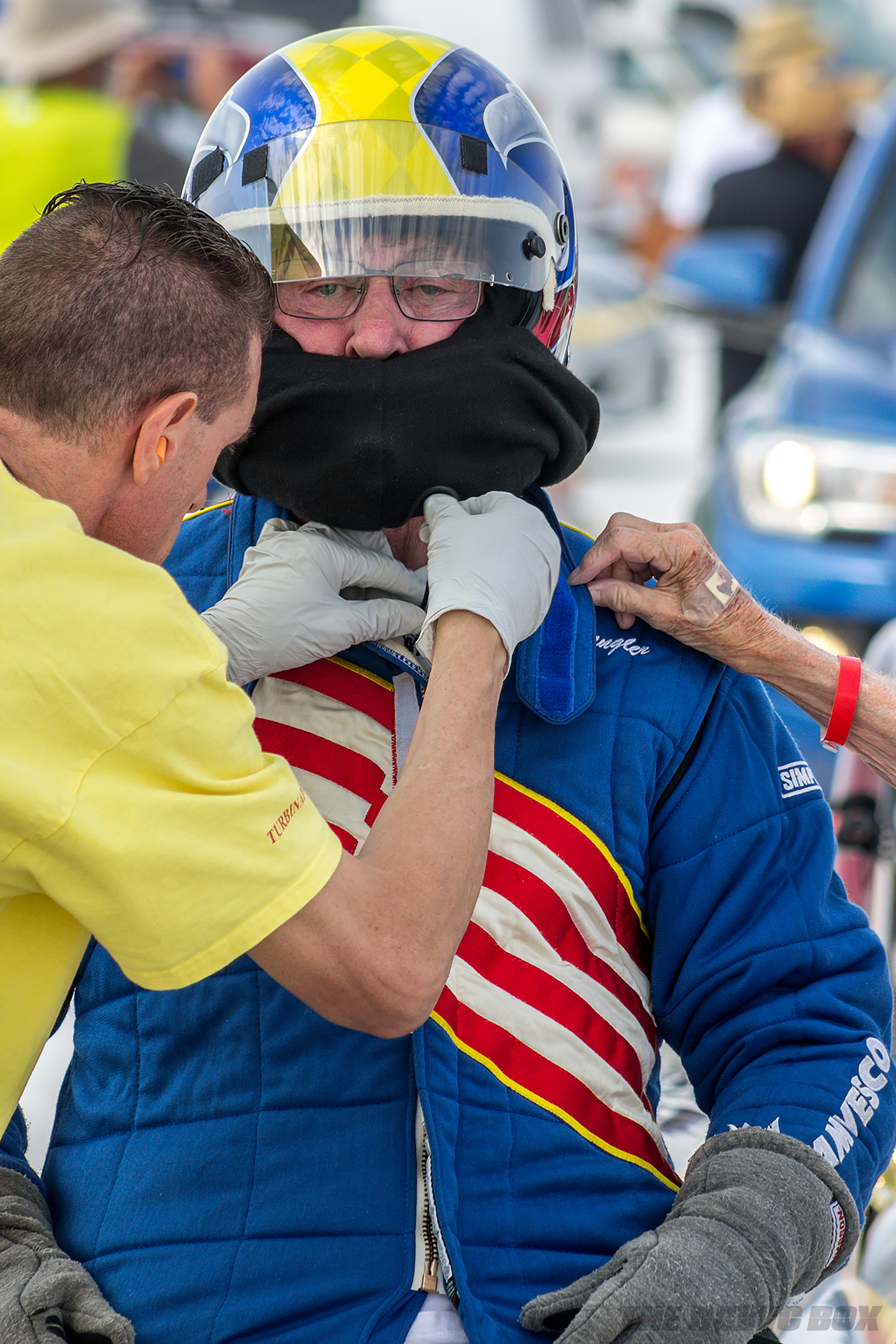
By 2017, the car was really beginning to shape up and made three runs at over 430 MPH. Rick and Dave were both confident they would be able to break Team Vesco’s own national record of 427 MPH set in 2001.
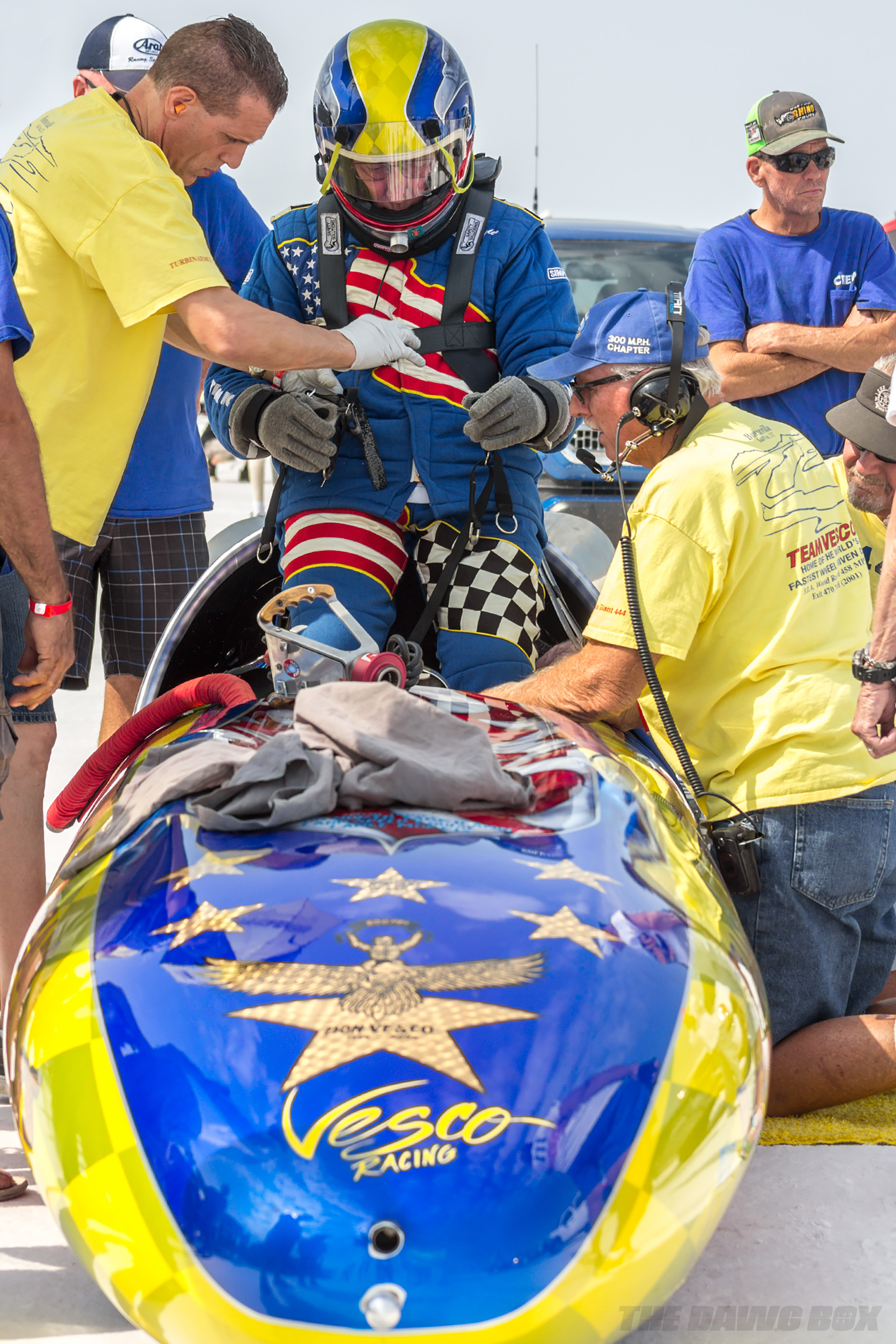
At the following year’s Speed Week event Turbinator II set the fastest mile time in the 70-year history of Speed Week at 463.038 MPH, the fastest record at 455.107 MPH and the fastest exit speed at 470.605 MPH. Don’s goal was in sight, all they needed good salt and good weather. A month later at the USFRA World of Speed event, Dave hit 492 MPH—just 8 MPH shy of their goal.
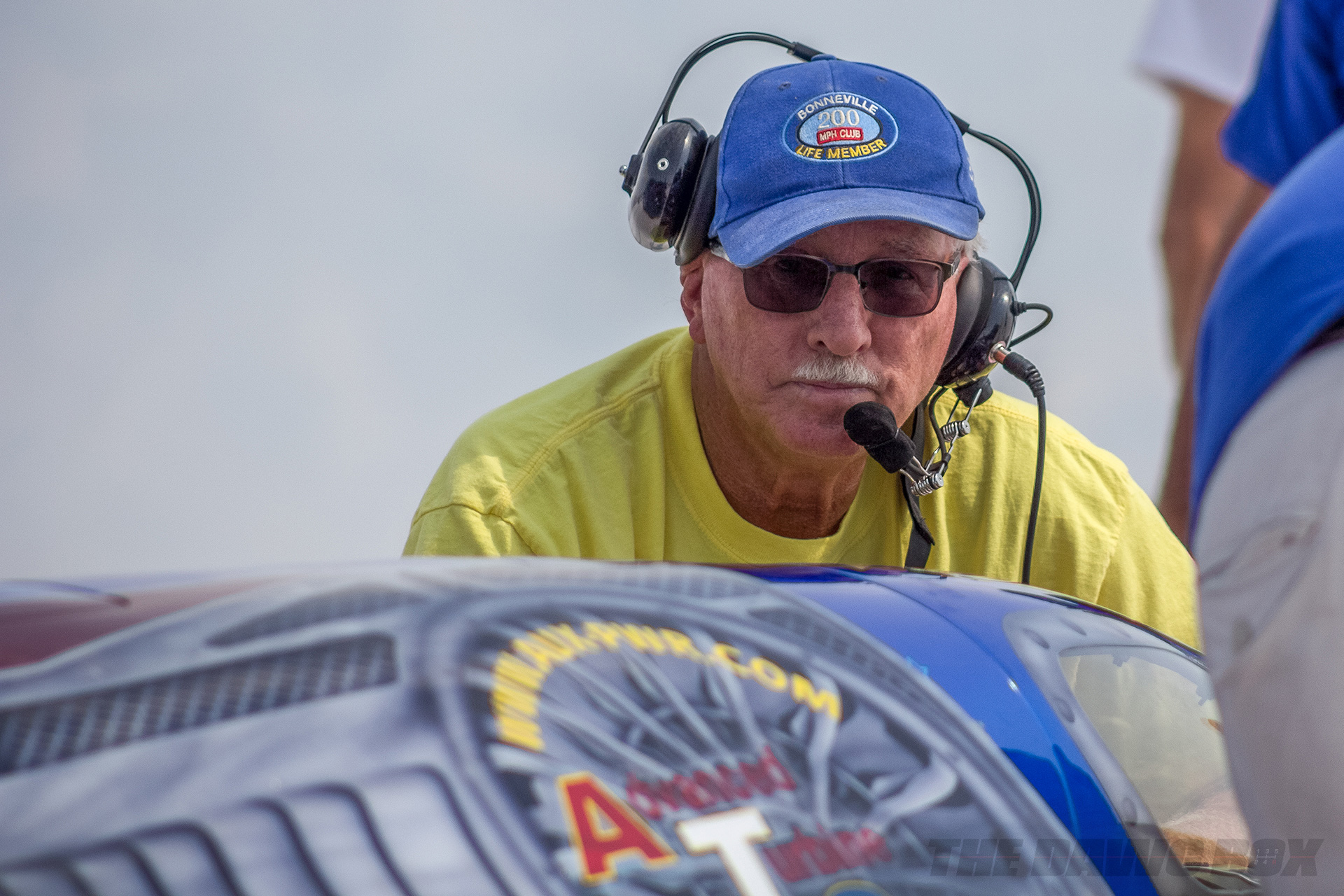
The planets aligned in October 2018 at the SCTA-BNI World Finals. The sky was blue although there was rain in the forecast. The salt was flatter and harder ‘n’ concrete. The course was 9 miles long. How ‘gooder’ could it get?
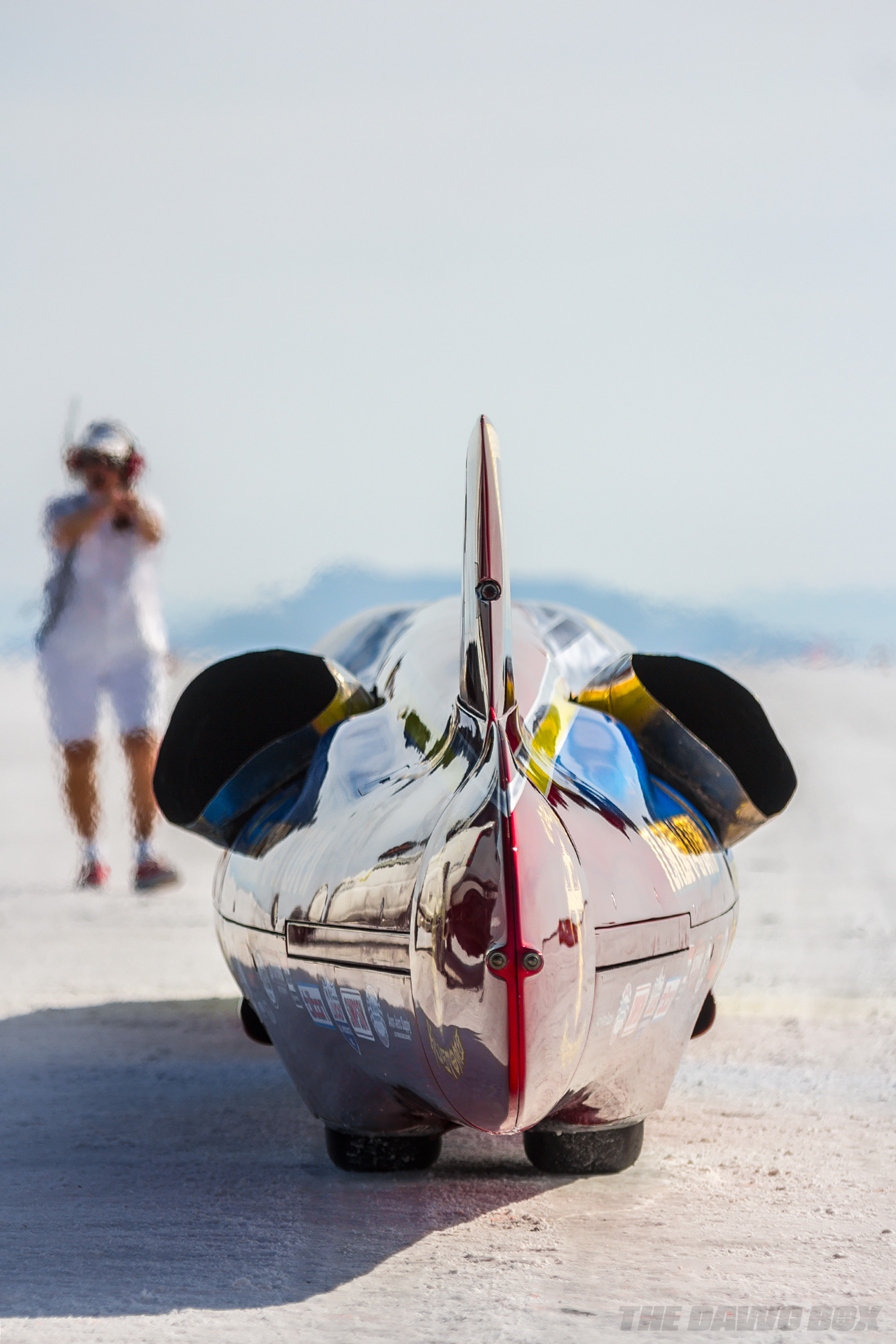
Tuesday, October 2, 2018, the announcer excitedly declared, “The Turbinator’s coming.” Every man, woman, and child in the pits gravitated to the edge like a scene from Close Encounters. And then you could hear the whine growing louder and louder as if a spaceship was landing. Then whoosh it went by with almost disappointing lack of drama until that goofy commentator announced an exit speed of 503.332 MPH. Team Vesco had finally made it: Goin’ to impound! The first wheel-driven car to go 500 MPH.
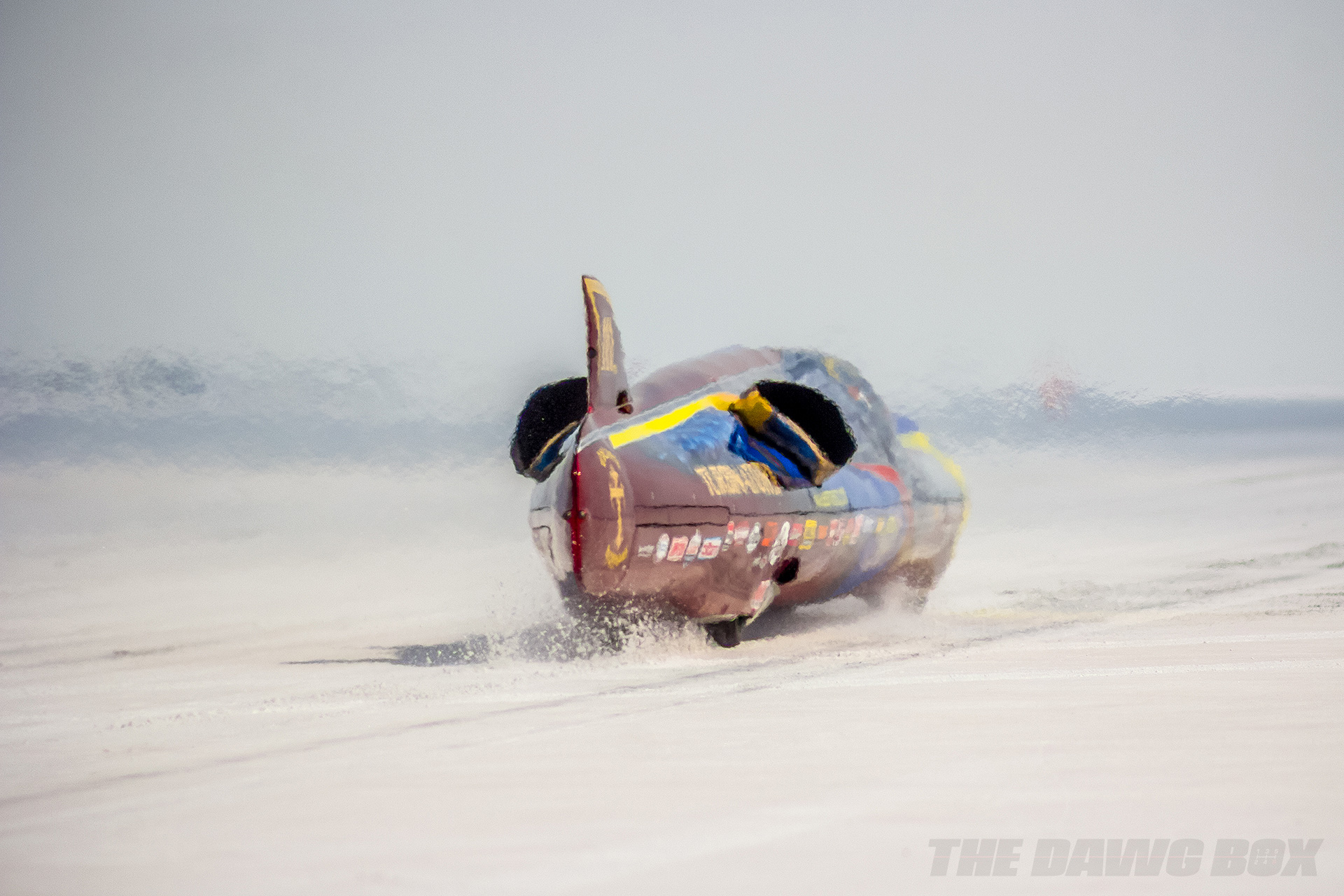
That night, the gods cried and by Wednesday morning it was Lake Bonneville at the end of the road. It was awash. It was over. No chance to set a record but nevertheless, the first wheel-driven car to go 500 MPH.


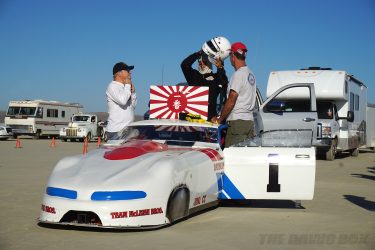
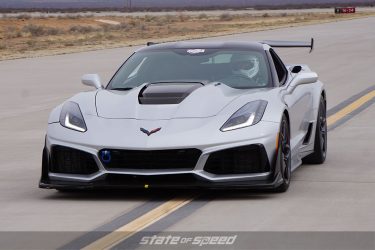
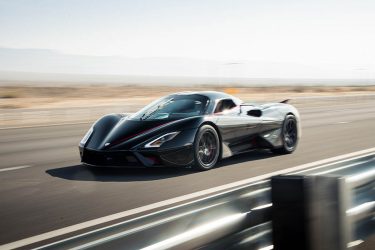
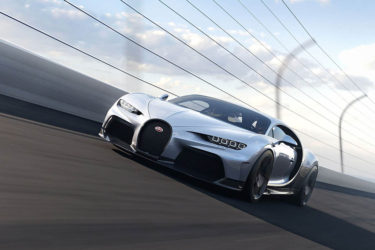
Nicely done article but Thacker slipped up just once in explaining the propulsion system employed by TEAMVesco’s Turbinator streamliner. To be clear, at no time has the car ever been fitted with a jet engine. It is a common mistake made by many. The car does not have, never did, or ever will use an afterburner – the key component the differentiates turbines from jets. Essentially, all jet engines are turbines, but only those axial flow turbines with afterburners can rightfully be deemed a “jet.” Think helicopter versus fighter jet and you get the picture. A whirlybird gets it spinning blade power from the axial flow shafts and the jet relies on the mighty afterburner, or reheat system, to scorch its way through the sky.
Turbinator began its World Wheel-Driven hunt for 500MPH with a pair of small-block Chevys that were quickly swapped out for two turbocharged Offenhauser fours under the stressed aluminum skin bodywork. When those couldn’t deliver, the car was fitted with a AVCO Lycoming T55 helicopter engine relying on a bespoke 2:1 gear reduction case. Today, Turbinator II still relies on turbines to drive all four wheels and if the Bonneville Salt Flats dry out with enough crusty miles in 2019, you can bet the team will chase down a plus 500MPH world record
Ggreat article, great pics! I was the lucky dog on mile marker 5 as a stationary course steward. I had the the best seat in the house to see and experience that 500mph+ run!! Rubber down, Chrome up!!! May the salt gawds smile down on you this year! Best of luck to you, Team Vesco!!